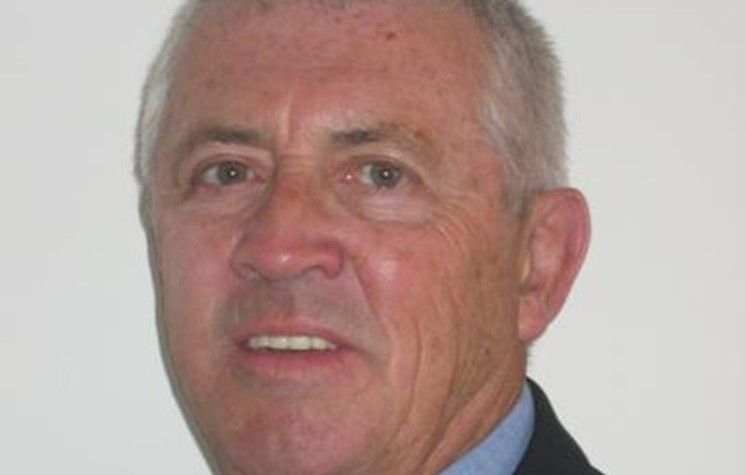Kibaran Begins To Show Real Ambition, With Plans To Increase Graphite Output At Epanko

By Alastair Ford
“We think the numbers are reasonable”, says John Park, well-known veteran of the junior mining scene and currently chairman of Kibaran Resources. He’s talking about Kibaran’s new plans for its flagship Epanko graphite project in Tanzania, which has already attracted the attention of major commodities traders.
Off-take agreements are in the bag. So is a resource statement, which shows 22.7 million tonnes at 9.8% graphite for total graphite contained of 2.2 million tonnes.
The next big news will be the results of a feasibility study, which is ongoing and should be ready by the end of the current quarter. But ahead of that Kibaran has announced that it’s putting plans in place to boost concentrate output from Epanko from 40,000 tonnes to 100,000 tonnes over an initial five year period should the market support such production.
That’s quite a step change, but John is clear that the fundamentals are in place to justify the expansion. “There’s an awful lot of nonsense spoken about the potential market for graphite”, John concedes, as there might be in any boom. “But there is going to be a large expansion. And we do actually know quite a lot about the graphite market. We’re very tied in with this European trader.”
He might add that he’s one of the few junior mining company directors around that actually has hands on experience of graphite mining, gleaned a decade or two ago when he worked on the Merelani project, also in Tanzania, and also about to come fully under Kibaran’s purview.
So although the froth and nonsense of the graphite hype in the Australian market does muddy the waters, John knows well enough that at the core of it there is some substance. The demand, he says, will come from its growing usage in batteries and building materials, and then, but only in the longer term, from its use in graphene.
But bearing all that in mind, and that other graphite companies are talking up their own likely output levels, it seemed a worthwhile exercise to investigate what sort of production rate Epanko might be able to support.
“We started looking at Epanko”, says John. “We took a look at the resources too. But we had to base our numbers around the resource as we have it at the moment even though we’re very comfortable that it’s only 10 per cent of the surface exposure. We came up with a gradual five year expansion from an initial 40,000 tonnes to 100,000 tonnes.”
But won’t that cost a lot more? The answer to that worry, at least as far as the mining is concerned, is a reassuring not really. “It’s an earthmoving exercise if you’ve got a 10% orebody”, says John. “Graphite isn’t rocket science and shifting rock is not a major capital cost. The real capital cost is in the milling and processing, but even there the technique is simple: you mill, float, dry and bag it.”
Thus, on current estimates and ahead of the full feasibility numbers, it will take A$56 million to take Epanko to production at 40,000 tonnes, and a further A$46 million, funded from cashflow, to more than double the production to 100,000 tonnes.
That would make Kibaran a major player in the graphite market in the future, and that’s before the company’s second project, Merelani, is factored into the equation. Here, Kibaran has a large ground position around the original mining concession, and is in the final stages of negotiations with the current owner of the mothballed Merelani mine itself with a view to taking over shortly.
That should happen soon, although the minister of mines in Tanzania has just resigned, so there may be some further delays getting it all through. But all-told, John is confident that the addition of a second mine at Merelani will be a real boon to Kibaran.
“The quality of the product will be at least as good as the quality of the product at Epanko”, he says, referring in particular to flake size, which even more than grade comes at a premium.
But it will take a bit of work to get Merelani up and running. “I’d be misleading you if I said we could go straight in and refurbish the plant”, he says. “It would probably cost as much to refurbish as it would to rebuild new. The real advantages are that there is an existing mining license there and that the infrastructure is in place. That means that costs will be very much less than they would be at a greenfields site.”
The latest drill results from Merelani confirm John’s optimism as far as grade is concerned. Among the highlights were 43 metres at 7.5% graphite, five metres at 19.7%, and 36 metres at 6.7%. Metallurgical work is also ongoing, giving Kibaran plenty to be getting on with as it works to bring its second project along in the wake of Epanko. Watch this space.

Comments (0)